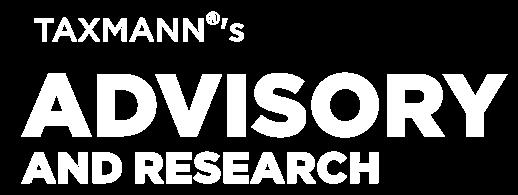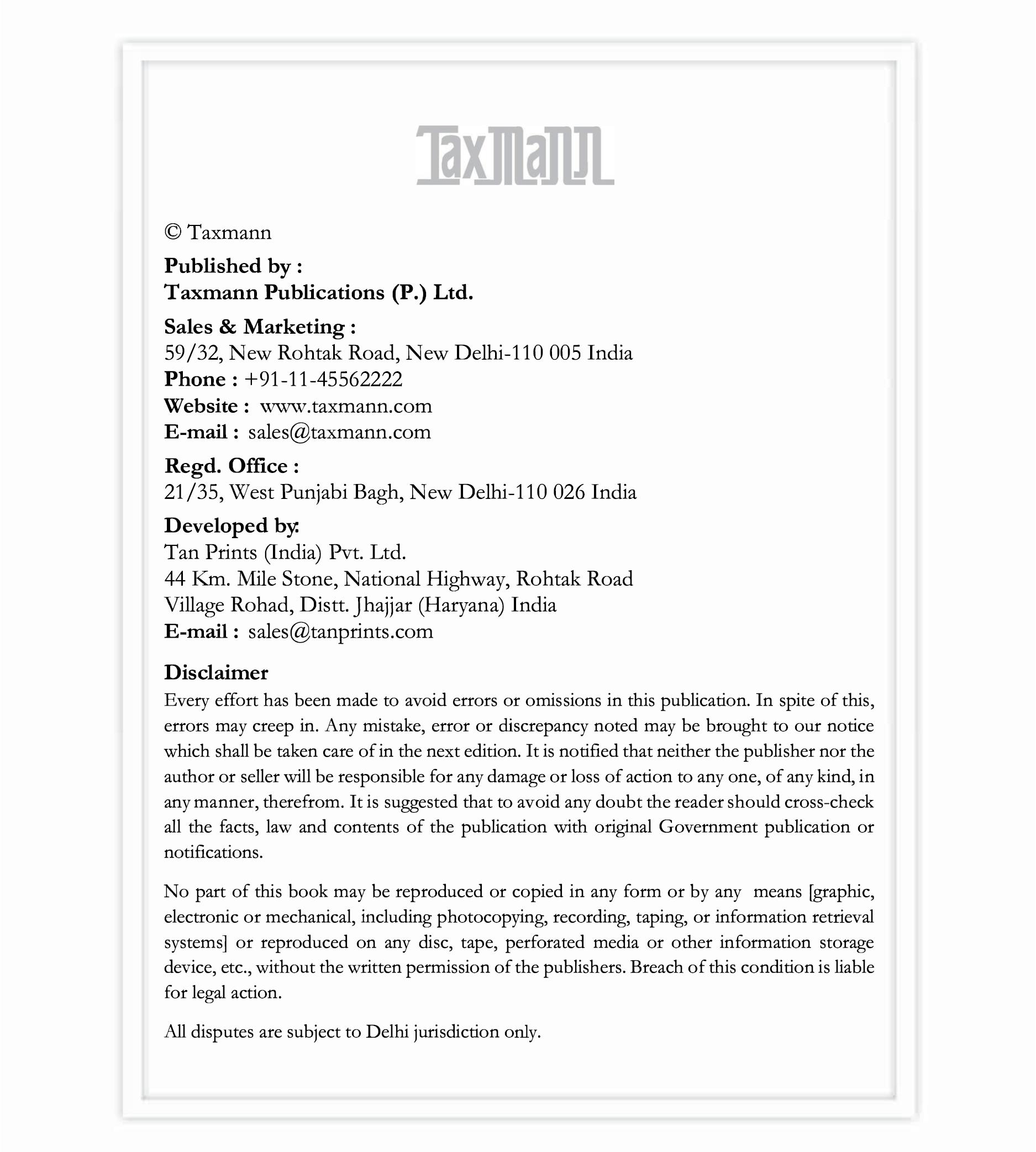

Insights into Common Pitfalls and Practical Remedies
Insights into Common Pitfalls and Practical Remedies




Insights into Common Pitfalls and Practical Remedies
Insights into Common Pitfalls and Practical Remedies

Revenue is often hailed as the most critical figure in financial statements. It reflects a company’s ability to deliver value, sustain operations, and generate profits. It also significantly influences investor confidence, executive bonuses, and stock valuations. Due to its high visibility, revenue recognition has historically been a target for both fraudulent manipulation and unintentional misstatements.
The introduction of Ind AS 115, Revenue from Contracts with Customers, brought global alignment and conceptual clarity to revenue recognition. It introduced a structured five-step model and robust disclosure requirements designed to enhance transparency. However, recent reviews by the Financial Reporting Review Board (FRRB) have revealed that several companies continue to struggle with its proper implementation. From vague accounting policies and poor contract segmentation to premature revenue recognition and incomplete reconciliations, the gaps are not just technical but often fundamental in nature.
This article delves into five commonly observed non-compliances in revenue reporting, grounded in FRRB’s inspection findings and supported by verbatim extracts from Ind AS 115. Through practical illustrations, disclosure examples, and actionable recommendations, the goal is to equip preparers and auditors with the insights needed to ensure faithful and compliant revenue recognition that withstands both scrutiny and time.
2.1.1 Observation
A frequent issue is that companies present total revenue without breaking it into categories that reflect how the revenue behaves, by geography, product type, sales channel, or contract duration.
For example, AlphaTech Limited, operating in India and the EU, sells software licenses and provides support services. Its revenue disclosure in the financials reads: “Revenue from contracts with customers ₹800 crore.” No details on service vs. product revenue, or domestic vs. export sales are provided.
2.1.2
Extract of Para 110 – “The objective of the disclosure requirements is for an entity to disclose sufficient information to enable users of financial statements to understand the nature, amount, timing and uncertainty of revenue and cash flows arising from contracts with customers…”
Extract of Para 114 – “An entity shall disaggregate revenue recognised from contracts with customers into categories that depict how the nature, amount, timing and uncertainty of revenue and cash flows are affected by economic factors…”
Extract of Para B89 – “…categories that might be appropriate include… type of good or service, geographical region, market or type of customer, type of contract, contract duration, timing of transfer, and sales channels.”
2.1.3 Recommendation
To comply with Ind AS 115, entities should present revenue broken down into relevant and material categories, such as product lines, geographies, or type of customers. These categories should align with how management internally views performance.
Suggested Table Format
2.2.1 Observation
While many companies acknowledge that revenue is recognised over time, they fail to disclose whether the method used is input-based or output-based, or how it faithfully represents performance.
For example, InfraBuild Limited discloses – “Revenue is recognised over time based on the stage of completion.”
No reference is made to whether this stage is measured by costs incurred, milestones achieved, or technical progress.
Para 124 – “For performance obligations that an entity satisfies over time, an entity shall disclose both of the following:
(a) the methods used to recognise revenue (for example, a description of the output methods or input methods used and how those methods are applied); and
(b) an explanation of why the methods used provide a faithful depiction of the transfer of goods or services
2.2.3 Recommendation
Entities must explicitly describe the method used, cost-to-cost (input) or milestone-based (output), and explain why it best captures progress. Avoid vague terms like “percentage completion” without details.
Example Disclosure:
“The Company uses the cost-to-cost input method, where revenue is recognised based on actual costs incurred to date as a proportion of the total estimated costs.”
“This method is considered to provide a faithful depiction of performance as costs incurred directly reflect progress in service delivery.”
2.3.1 Observation
Companies record net revenue after adjusting for discounts, incentives, and returns, but do not show the reconciliation between the contracted price and recognised revenue.
For example, RetailMart Limited enters a ₹100 Cr supply contract offering volume discounts and performance rebates. The reported revenue is ₹90 Cr without any explanation of adjustments.
2.3.2 Relevant Provisions (Ind AS 115)
Para 126AA – “An entity shall reconcile the amount of revenue recognised in the statement of profit and loss with the contracted price showing separately each of the adjustments made to the contract price, for example, on account of discounts, rebates, refunds, credits, price concessions, incentives, performance bonuses, etc., specifying the nature and amount of each such adjustment separately.”
2.3.3 Recommendation
Companies must transparently show the build-up from contract price to revenue, outlining all material deductions. This is crucial for stakeholders to assess pricing dynamics and the quality of revenue.
Suggested Table:
2.4.1 Observation
Unbilled revenue was recognised on unapproved variation claims or pending arbitration awards, contrary to the company’s own accounting policy which required enforceability or legal finality.
For example, BuilderCorp Limited includes ₹20 Cr from escalation claims still under negotiation, stating that “management is confident of recovery”.
2.4.2 Relevant Provisions
Ind AS 115, Para 9(e) – “An entity shall account for a contract with a customer that is within the scope of this Standard only when all of the following criteria are met:
“it is probable that the entity will collect the consideration to which it will be entitled in exchange for the goods or services that will be transferred to the customer. In evaluating whether the collectability of an amount of consideration is probable, an entity shall consider only the customer’s ability and intention to pay that amount of consideration when it is due. The amount of consideration to which the entity will be entitled may be less than the price stated in the contract if the consideration is variable because the entity may offer the customer a price concession (see paragraph 52).”
Ind AS 1, Para 18 – “An entity cannot rectify inappropriate accounting policies either by disclosure of the accounting policies used or by notes or explanatory material.”
2.4.3 Recommendation
Revenue should be recognised only when collection is probable and enforceable. Optimism or ongoing negotiations do not justify revenue recognition. Instead, disclose such items as contingent assets or include explanatory notes.
2.5.1 Observation
Some companies declare the use of an “input method” but then mention milestones and technical progress, which actually indicate “output method”, leading to ambiguity.
For example, Tech Construct Limited says – “Revenue is recognised based on costs incurred and milestones achieved.”
These are two fundamentally different bases.
2.5.2 Relevant
Para 124 – “Determining the timing of satisfaction of performance obligations. For performance obligations that an entity satisfies over time, an entity shall disclose both of the following:
(a) the methods used to recognise revenue (for example, a description of the output methods or input methods used and how those methods are applied); and…”
Para B15 – “Output methods recognize revenue on the basis of direct measurements of the value to the customer of the goods or services transferred to date relative to the remaining goods or services promised under the contract. Output methods include methods such as surveys of performance completed to date, appraisals of results achieved, milestones reached, time elapsed and units produced or units delivered.”
Choose one method based on contract type. Where hybrid approaches are used, provide clarity on which method applies in which context. Don’t combine both methods unless justified.
Example Disclosure – “For construction contracts, the Company applies the input method based on cost incurred to date relative to total estimated costs, as this best reflects the progress of performance. However, for turnkey infrastructure projects where billing is tied to specific stages like foundation completion or system handover, the output method based on achievement of contractual milestones is used. The choice of method is determined by the nature of contractual obligations and availability of measurable progress indicators.”
Revenue recognition is more than just an accounting exercise; it is the narrative of value creation, the pulse of operational performance, and often the benchmark of credibility in the eyes of investors and regulators. When done well, it builds trust and signals sound governance. When done poorly, it not only misleads stakeholders but may invite penalties, reputational damage, and even forensic investigations.
The regulatory observations discussed in this article are not isolated technical oversights. They reflect a deeper issue, a gap between what the standard requires and how it is understood, interpreted, and implemented by companies. From incorrect methods to missing disclosures, these errors compromise the usefulness and reliability of financial statements.
To truly comply with Ind AS 115, companies must go beyond minimal disclosures or standard templates. They must internalise the spirit of the standard: clarity, consistency, and completeness. Auditors, on their part, must apply professional skepticism and insist on proper documentation, reconciliation, and evidence.
Also Read:
1. Non-compliances Related to Ind AS 16
2. Non-compliances Related to Ind AS 2
3. Non-compliances Related to Ind AS 38


Founded 1972


Evolution From a small family business to a leading technology-oriented Publishing/Product company


Expansion

Launch of Taxmann Advisory for personalized consulting solutions

Aim
Achieve perfection, skill, and accuracy in all endeavour

Growth
Evolution into a company with strong independent divisions: Research & Editorial, Production, Sales & Marketing, and Technology

Future
Continuously providing practical solutions through Taxmann Advisory
Editorial and Research Division
Over 200 motivated legal professionals (Lawyers, Chartered Accountants, Company Secretaries)
Monitoring and processing developments in judicial, administrative, and legislative fields with unparalleled skill and accuracy
Helping businesses navigate complex tax and regulatory requirements with ease

Over 60 years of domain knowledge and trust
Technology-driven solutions for modern challenges
Ensuring perfection, skill, and accuracy in every solution provided
Income Tax
Corporate Tax Advisory
Trusts & NGO Consultancy
TDS Advisory
Global Mobility Services
Personal Taxation
Training
Due Diligence
Due Dilligence
Advisory Services
Assistance in compounding of offences
Transactions Services
Investment outside India
Goods
Transaction Advisory
Business Restructuring
Classification
Due Diligence
Training
Advisory
Trade Facilitation Measures
Corporate
Corporate Structuring
VAT Advisory
Residential Status

Naveen Wadhwa
Research and Advisory [Corporate and Personal Tax]
Chartered Accountant (All India 24th Rank)
14+ years of experience in Income tax and International Tax
Expertise across real estate, technology, publication, education, hospitality, and manufacturing sectors
Contributor to renowned media outlets on tax issues

Vinod K. Singhania Expert on Panel | Research and Advisory (Direct Tax)
Over 35 years of experience in tax laws
PhD in Corporate Economics and Legislation
Author and resource person in 800+ seminars

V.S. Datey Expert on Panel | Research and Advisory [Indirect Tax]
Holds 30+ years of experience
Engaged in consulting and training professionals on Indirect Taxation
A regular speaker at various industry forums, associations and industry workshops
Author of various books on Indirect Taxation used by professionals and Department officials

Manoj Fogla Expert on Panel | Research and Advisory [Charitable Trusts and NGOs]
Over three decades of practising experience on tax, legal and regulatory aspects of NPOs and Charitable Institutions
Law practitioner, a fellow member of the Institute of Chartered Accountants of India and also holds a Master's degree in Philosophy
PhD from Utkal University, Doctoral Research on Social Accountability Standards for NPOs
Author of several best-selling books for professionals, including the recent one titled 'Trust and NGO's Ready Reckoner' by Taxmann
Drafted publications for The Institute of Chartered Accountants of India, New Delhi, such as FAQs on GST for NPOs & FAQs on FCRA for NPOs.
Has been a faculty and resource person at various national and international forums

the UAE
Chartered Accountant (All India 36th Rank)
Has previously worked with the KPMG

S.S. Gupta Expert on Panel | Research and Advisory [Indirect Tax]
Chartered Accountant and Cost & Works Accountant
34+ Years of Experience in Indirect Taxation
Bestowed with numerous prestigious scholarships and prizes
Author of the book GST – How to Meet Your Obligations', which is widely referred to by Trade and Industry

Sudha G. Bhushan Expert on Panel | Research and Advisory [FEMA]
20+ Years of experience
Advisor to many Banks and MNCs
Experience in FDI and FEMA Advisory
Authored more than seven best-selling books
Provides training on FEMA to professionals
Experience in many sectors, including banking, fertilisers, and chemical
Has previously worked with Deloitte
Taxmann Delhi
59/32, New Rohtak Road
New Delhi – 110005 | India
Phone | 011 45562222
Email | sales@taxmann.com
Taxmann Mumbai
35, Bodke Building, Ground Floor, M.G. Road, Mulund (West), Opp. Mulund Railway Station Mumbai – 400080 | Maharashtra | India
Phone | +91 93222 47686
Email | sales.mumbai@taxmann.com
Taxmann Pune
Office No. 14, First Floor, Prestige Point, 283 Shukrwar Peth, Bajirao Road, Opp. Chinchechi Talim, Pune – 411002 | Maharashtra | India
Phone | +91 98224 11811
Email | sales.pune@taxmann.com
Taxmann Ahmedabad
7, Abhinav Arcade, Ground Floor, Pritam Nagar Paldi
Ahmedabad – 380007 | Gujarat | India
Phone: +91 99099 84900
Email: sales.ahmedabad@taxmann.com
Taxmann Hyderabad
4-1-369 Indralok Commercial Complex Shop No. 15/1 – Ground Floor, Reddy Hostel Lane Abids Hyderabad – 500001 | Telangana | India
Phone | +91 93910 41461
Email | sales.hyderabad@taxmann.com
Taxmann Chennai No. 26, 2, Rajan St, Rama Kamath Puram, T. Nagar
Chennai – 600017 | Tamil Nadu | India
Phone | +91 89390 09948
Email | sales.chennai@taxmann.com
Taxmann Bengaluru
12/1, Nirmal Nivas, Ground Floor, 4th Cross, Gandhi Nagar
Bengaluru – 560009 | Karnataka | India
Phone | +91 99869 50066
Email | sales.bengaluru@taxmann.com
Taxmann Kolkata Nigam Centre, 155-Lenin Sarani, Wellington, 2nd Floor, Room No. 213
Kolkata – 700013 | West Bengal | India
Phone | +91 98300 71313
Email | sales.kolkata@taxmann.com
Taxmann Lucknow
House No. LIG – 4/40, Sector – H, Jankipuram Lucknow – 226021 | Uttar Pradesh | India
Phone | +91 97924 23987
Email | sales.lucknow@taxmann.com
Taxmann Bhubaneswar
Plot No. 591, Nayapalli, Near Damayanti Apartments
Bhubaneswar – 751012 | Odisha | India
Phone | +91 99370 71353
Email | sales.bhubaneswar@taxmann.com
Taxmann Guwahati
House No. 2, Samnaay Path, Sawauchi Dakshin Gaon Road
Guwahati – 781040 | Assam | India
Phone | +91 70866 24504
Email | sales.guwahati@taxmann.com